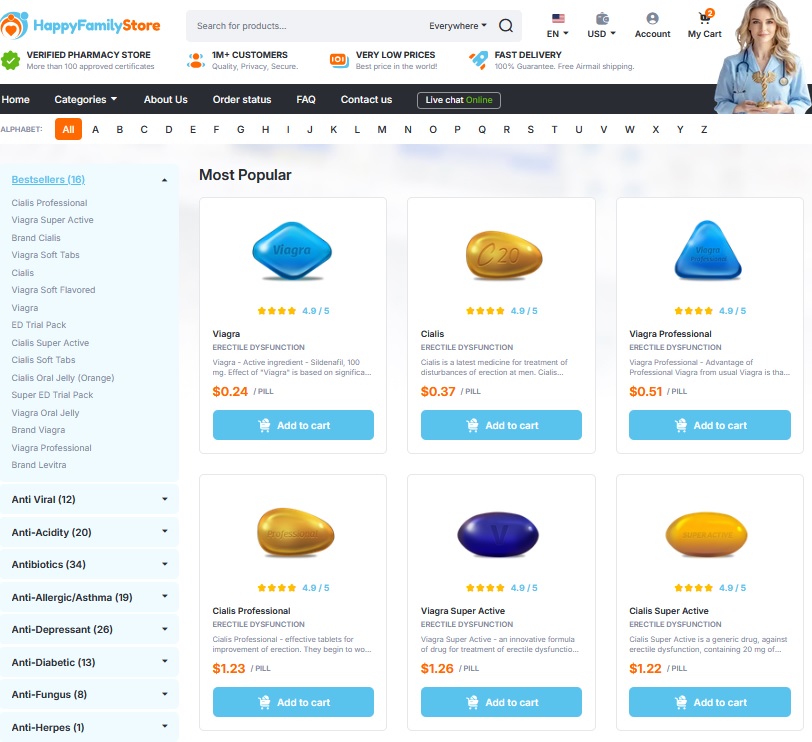To Buy Clomid Online Visit Our Pharmacy ↓

Clomid tablets, known scientifically as oral clomiphene citrate, are a widely used medication in fertility treatments. They play a crucial role in stimulating ovulation, making them an essential option for individuals experiencing difficulties with conception. Understanding how to take Clomid is vital for maximizing its effectiveness and ensuring safety.
Typically, Clomid comes in tablet form and is taken orally. The standard starting dosage often begins at 50 mg per day for five consecutive days during the menstrual cycle. However, the exact tablet dosage can vary depending on individual medical circumstances and should be determined by a healthcare provider. It’s usually recommended to start taking Clomid on the fifth day of the menstrual cycle.
Patients are advised to follow their doctor’s instructions carefully when taking Clomid tablets. This includes adhering to prescribed dosages and timing to optimize the chances of successful ovulation induction. As with any medication, it’s important to discuss potential side effects or concerns with a healthcare professional before starting treatment.
By understanding how oral clomiphene citrate works and following medical guidance on its use, patients can navigate their fertility journey more effectively with Clomid tablets as part of their treatment plan.
Compounding Pharmacies: Customizing Clomid Dosages and Forms
Compounding pharmacies play a crucial role in personalizing fertility treatments by offering customized options for medications like Clomid, also known as clomiphene. While standard dosages of clomiphene are widely available, they may not suit the unique needs of every patient undergoing fertility treatment. This is where compounded medications come into play, allowing healthcare providers to tailor the dosage and form of Clomid to meet individual requirements.
Custom clomiphene dosages can be particularly beneficial for patients who experience side effects from standard doses or require a more gradual approach to medication. By working closely with compounding pharmacists, doctors can create a treatment plan that optimizes therapeutic outcomes while minimizing adverse effects.
Moreover, compounded clomid offers flexibility in administration forms. For patients who have difficulty swallowing pills or require an alternative method of intake due to specific medical conditions, compounding pharmacies can prepare liquid formulations or other suitable forms. This personalized approach ensures that each patient’s fertility journey is as effective and comfortable as possible.
In summary, compounding pharmacies provide invaluable support in customizing Clomid dosages and forms, enhancing the personalization of fertility treatments. By doing so, they help address the diverse needs of patients seeking to optimize their chances of successful conception through tailored medical interventions.
The Future of Fertility Medications: Are There New Forms on the Horizon?
As the landscape of fertility treatments continues to evolve, there is growing interest in the future of clomiphene treatments and how they might adapt to meet the needs of patients more effectively. Clomiphene citrate, a staple in fertility therapy for decades, has been instrumental in helping countless individuals achieve pregnancy by stimulating ovulation. However, as medical technology advances, researchers and healthcare professionals are exploring new ways to enhance its efficacy and minimize side effects.
One promising area of development lies in evolving fertility therapies that aim to personalize treatment plans based on individual patient profiles. By understanding genetic markers and hormonal responses more precisely, clinicians hope to tailor clomiphene use more effectively, potentially increasing success rates while reducing adverse reactions.
Additionally, new drug delivery systems for fertility medications are being investigated to improve patient experience and outcomes. Innovations such as transdermal patches or long-acting injectables could offer more convenient alternatives to traditional oral administration. These advancements not only promise increased comfort but also better adherence to treatment regimens.
In summary, while clomiphene remains a cornerstone of fertility treatment today, ongoing research into personalized medicine and innovative delivery methods holds the potential to revolutionize its use. As these technologies progress from concept to clinical practice, they may significantly shape the future of fertility care.
User Considerations: Choosing the Right Form and Dosage for Your Needs
- When it comes to selecting the right form and dosage of Clomid, or clomiphene citrate, for your needs, several key factors should be taken into account. Understanding these considerations can help ensure that the medication is both safe and effective for you.
- First and foremost, choosing the correct clomid dosage form is crucial. Clomid is typically available in tablet form, which is convenient for most patients. However, it’s important to follow your healthcare provider’s guidance on whether this standard form suits your specific situation based on your medical history and treatment goals.
- Patient considerations for clomiphene citrate use include evaluating any underlying health conditions that might influence how the body processes the medication. For example, liver function can affect how clomid is metabolized, so patients with liver issues may require adjusted dosages or alternative treatments.
- Factors influencing medication form selection also involve lifestyle aspects such as ease of administration and personal preference. Some individuals may prefer a once-daily tablet due to its simplicity and minimal disruption to daily routines.
- Ultimately, the decision on dosage and form should be made in close consultation with a healthcare professional who can tailor recommendations based on individual patient needs. This personalized approach helps maximize treatment efficacy while minimizing potential side effects or complications associated with improper dosing.